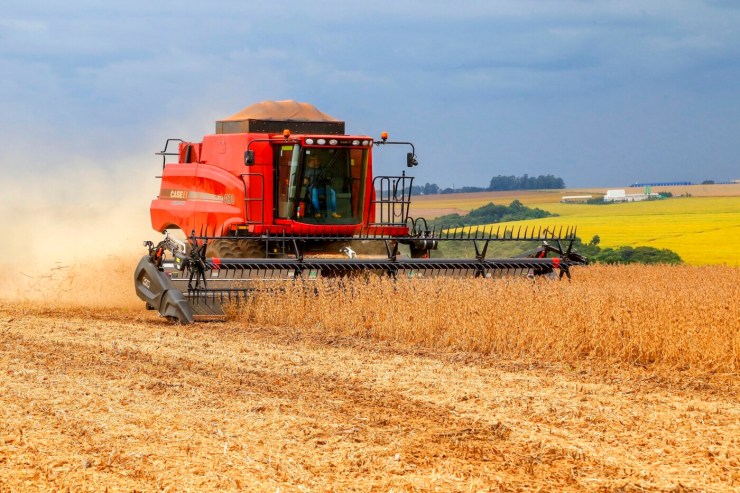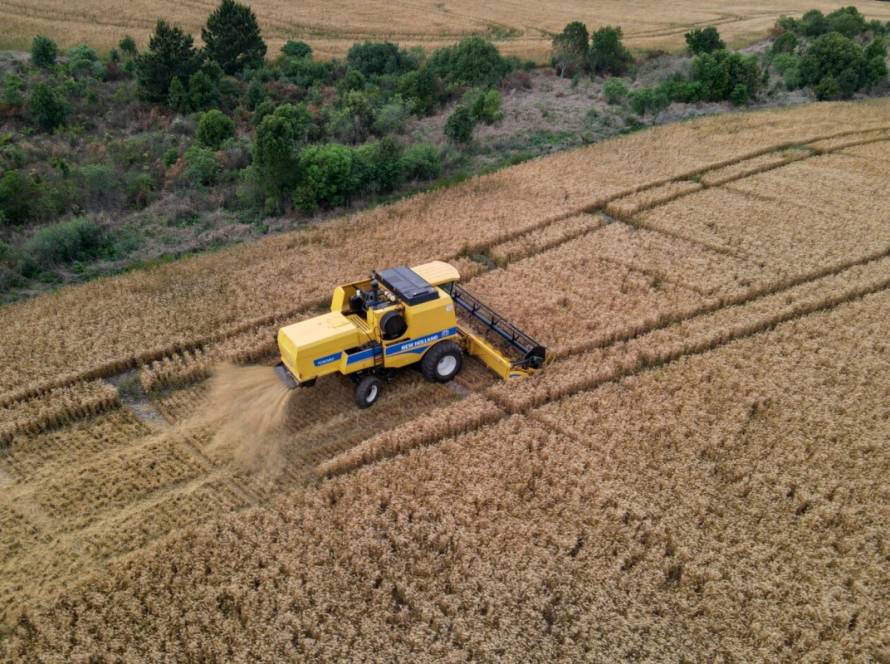Winter arrives at 11:42 p.m. this Friday, June 20. The season is marked by less rain, lower temperatures, a greater likelihood of frost formation and the persistence of fog, which has already been present for much of the fall in almost all regions of Paraná. The Paraná Environmental Monitoring and Technology System (Simepar) predicts that winter 2025 in the state will have lower temperatures than winter 2024, but slightly higher than the historical average. Rainfall should also be within the average.
“In winter, the spatial distribution of rainfall follows the typical trajectory of frontal systems, especially cold fronts,” explains Reinaldo Kneib, a meteorologist at Simepar. “July and August are the driest months of the year in Paraná, and from September onwards, especially in the second half of the month, rainfall begins to increase, with the development of areas of instability associated with more pronounced warming of the atmosphere, between the Brazilian Midwest and Paraguay,” he reports.
Frosts
With the arrival of cold and dry air masses in the state, more frequently after the passage of cold fronts, the season becomes the coldest of the year. “The air masses cause sharp drops in temperatures in a 24- to 48-hour period. With the more intense cold associated with air masses of polar origin, the formation of frost in much of the state is favored, with the probability being lower in the North region,” explains Kneib.

Photo: Acir Marcondes
The regions with the greatest possibility of frost formation are the highest in Paraná: South, Center-South, Center, Campos Gerais and south of the Metropolitan Region of Curitiba. The population can have information on the frost forecast 24 hours, 48 hours and 72 hours in advance through the Frost Alert service, developed by IDR-Paraná and Simepar since 1995. The Frost Alert map is on the home page of the Simepar website.
In addition to frost, another typical phenomenon of the season is fog, which will continue to be frequent between dawn and early morning. There is no forecast of any phenomena outside the forecast for the season in 2025 -– for this reason the average rainfall should be within the standard.
“Temperatures will be lower than the winter of 2024, as last year there were more intense atmospheric blockages that kept temperatures higher than normal. In 2025, winter temperatures should be slightly above the historical average,” highlights Kneib.
Historical averages
In July, the region with the most rainfall historically is the coast, with accumulated precipitation between 54 mm and 178 mm. Rainfall is lighter in July in the North, where accumulations are between 32 mm and 75 mm only. Regarding temperature, July is usually hotter in the North, where temperatures range between 12°C and 24°C. Temperatures are lower in July in the South of Paraná: between 8°C and 19°C.

Photo: Ana Tigrinho
In August, the highest rainfall volume historically occurs in the South region: between 52 mm and 128 mm. The lowest is in the North, between 18 mm and 108 mm. The highest temperatures in August historically are in the North and West regions, between 13°C and 26°C. The lowest in the South, between 8°C and 22°C, and in the Metropolitan Region of Curitiba, between 10°C and 22°C.
In September, rainfall increases. The average is up to 201 mm in the South region. Even in the North, where rainfall is less intense during the winter, the accumulated rainfall increases in September: between 55 mm and 154 mm. The temperature in September also starts to get higher. In the North and West, it is between 15°C and 28°C. In the South, between 11°C and 23°C, and in the Metropolitan Region of Curitiba between 12°C and 23°C.
Fall
The fall of 2025 saw below-average rainfall in practically the entire state of Paraná. The situation was more critical in the West and Southwest, particularly in the surroundings of Cascavel, where rainfall was around 180 mm below the historical average for the period, between April and June. A small area in the Center-South, near the municipality of Pinhão, had rainfall 100 mm above average during the period. Near Paranavaí, rainfall was slightly above average.
The temperature in autumn 2025 was within the average in most of the state. No area was below average, but some cities had slightly above average temperatures. The highlight is the municipality of Cândido de Abreu, which had temperatures 2°C above average for the period between April and June 2025.
“The autumn of 2025 was colder than that of 2024. Last year the rain was more intense than this year, especially in the areas bordering Santa Catarina, due to the greater frequency of precipitation systems in these regions”, says Kneib.





